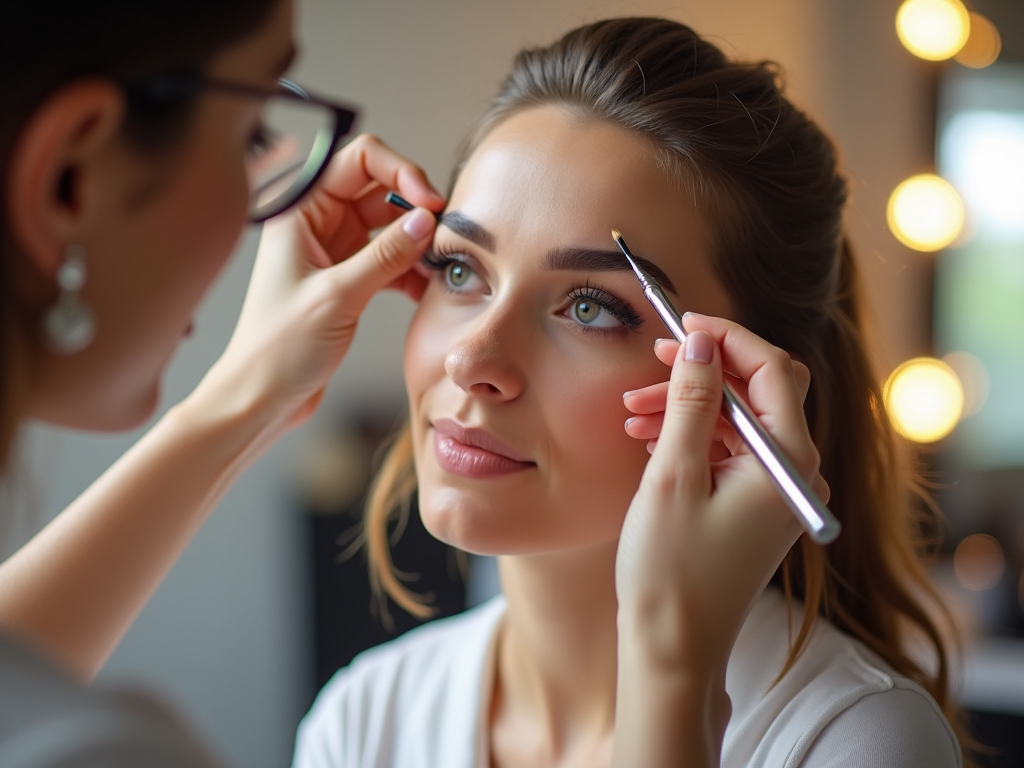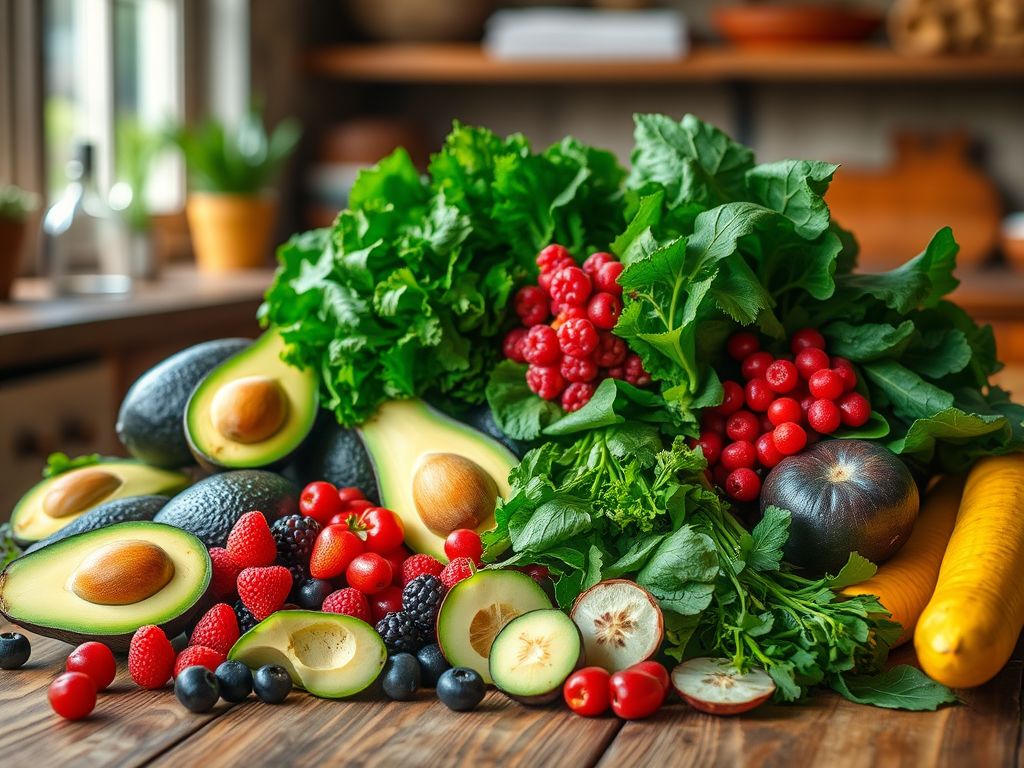When it comes to makeup products, few items have the transformative power of lip color. Whether you’re a fan of bold red lipsticks, subtle nude shades, or vibrant bright pinks, finding the lip shade that looks best on you can make all the difference in your overall look. The key is knowing which colors complement your skin tone, lip shape, and personal style. In this guide, we’ll explore a variety of factors that contribute to finding the perfect lip color that not only looks good but also enhances your natural beauty.
Understanding Your Skin Tone and Undertone
Your journey to finding the perfect lip shade starts with an understanding of your skin’s natural palette. Skin tone is the surface skin color, ranging from fair to dark, while undertone is the subtle hue underneath the surface. Skin tones are important, but it is the undertones—cool, warm, or neutral—that will determine which lipstick shade looks best on you. Figuring out whether you have cool, warm, or neutral undertones can be done through a few simple tests. One popular method involves assessing the color of your veins under natural light.
If your veins appear blue or purple, it usually means you have cooler undertones, while green-looking veins suggest warm undertones. If you’re struggling to decide if your veins are blue or green, you likely have neutral undertones. This affects which makeup colors will work best for you, influencing which lipsticks you might want to consider.

The Role of Lip Color in Your Overall Look
Lip color does much more than just add a pop of color—it can also shape and define your lips while complementing your other makeup choices. The right lip shade can complement eye makeup, add balance to your complexion, and even make your teeth look whiter. It also plays a key role in expressing your personal style and mood; a matte red can convey power and confidence, while a soft gloss might exude a more natural, laid-back vibe.
Matching Lip Color with Skin Tone
If you have fair or lighter skin, you’ll find that shades like coral pinks, pale pinks, and peachy nudes can enhance your complexion without overpowering it. On the other hand, cool-toned folks might reach for lipsticks with blue undertones—think rose, berry shades, and cooler mauves. However, if you’re someone with pale skin who is willing to venture into more striking territory, bold berry shades and bright reds can also look incredibly chic.
Ideal Lip Shades for Medium Skin Tones
Medium skin tones have a versatile range—they can wear a variety of shades, from nude to berry. Warm undertones will look great in peachy nudes and bronze-tinted lipsticks, whereas cooler undertones with medium skin could see themselves in more pinkish-mauve and cranberry shades. Those with a neutral undertone have the flexibility to experiment with both warm and cool-toned lipsticks without them looking out of place.
Flattering Lip Colors for Dark Skin Tones
Darker skinned individuals can pull off intensely pigmented colors with ease—deep plums, bold burgundies, and warm browns all complement darker complexions beautifully. Even very bright or very dark shades can provide a stunning contrast to the skin without appearing too harsh. Warm undertones will glow in caramel nudes and orange-based reds, whereas people with cooler undertones might gravitate towards wines and cooler berry shades.
The Importance of Lip Shape and Fullness
The shape and size of your lips can also guide you towards your perfect lip color. Different shades and finishes can make your lips appear fuller or thinner. A plumper pout can be achieved by using lighter and brighter shades, while darker colors might make lips look smaller. Lip glosses, especially ones with a bit of shimmer, reflect light and can help your lips appear more voluptuous. Using lip liners to outline the lips slightly beyond their natural border is a trick often used for creating the illusion of a fuller smile.

Exploring Color Psychology and Personal Style
Color psychology isn’t just a marketing gimmick—it really works! The color of your lipstick can influence not only how others perceive you, but also how you feel about yourself. Subdued nudes and pinks, for instance, can enhance your natural features for a more understated elegance, while bright reds and bold berries can make you feel more assertive and energetic.
Color Psychology of Lip Shades
- Red: Confidence, classic beauty
- Pink: Femininity, youthfulness
- Nude: Natural, approachable
- Purple: Creativity, edginess
Lip Color and Personal Style
Your personal style should also inform your lip color choices. A vintage-inspired wardrobe might be complemented well by classic red lipsticks or cherry glosses. Conversely, a minimalist, modern aesthetic could be paired with matte lipsticks in nude shades or softer pinks. Remember to also take into account your hair colors and clothing when selecting the right lipstick to ensure the entire look is harmonious.
Seasonal and Occasional Trends in Lip Color
Lip colors often follow trends, much like fashion and beauty products. During the spring, you might lean towards lighter pinks and corals, while fall might have you reaching for deeper reds and berry shades. For special occasions, a classic red or a shimmering gloss can add that extra touch of glamour, while days at the office might call for more subdued, natural tones.
Table: How to Test and Choose Lip Color
Before you commit to a new lip shade, it’s important to test it in a way that will give you the best idea of what works for you. Consult the following table for quick tips on how to choose the perfect lip color:
| Testing Method | Details |
|---|---|
| Sample in Store | Try on different shades using testers, ensuring they are sanitized. |
| Virtual Try-On | Use apps or websites that allow you to upload your photo and see how different shades would look on you. |
| Patch Test | Apply a small amount of the product to your wrist to ensure there’s no allergic reaction. |
| Natural vs. Artificial Light | Check the lip color in different lighting to ensure the shade looks good throughout the day. |

Conclusion
Selecting the lip color that looks best on you involves a combination of understanding your skin’s undertones, considering your lip shape, and aligning choices with your personal style and the occasion. With the confidence to experiment and the knowledge of how different shades can affect your overall appearance, you’re well on your way to finding that perfect match that not only enhances your natural beauty but also feels like a true expression of your personality. So go ahead, embrace a range of different shades, and let your lips make a statement that is uniquely you.
FAQs
Q1: How can I find out what my undertone is?
A1: To determine your undertone, examine the veins on your wrist in natural light. Blue or purple veins indicate cool undertones, while green ones suggest warm undertones. If it’s hard to distinguish, you may have neutral undertones. Notice how your skin reacts to the sun; if you burn easily, you likely have cool undertones, but if you tan, you might have warm undertones.
Q2: Can I wear bold lip colors if I have a fair complexion?
A2: Absolutely! Fair complexions can stunningly carry bold lip colors, especially since the contrast can be striking and chic. Try deep reds, berries, and vibrant pinks, and be sure to consider your undertone for the most flattering match.
Q3: Are there any lip colors that work for all skin tones?
A3: Yes, there are universal shades that can look great on any skin tone. Classic reds with a blue base, deep mauves, and rosy pinks are some examples of versatile lip colors.
Q4: How do I make my lip color last longer?
A4: To extend the wear of your lip color, exfoliate your lips first. Use a lip liner to outline and fill in your lips, applying lipstick on top. Blot with tissue and apply a second layer. Long-wear formulas and a bit of translucent powder can also help set the color.
Q5: Is it a faux pas to match my lip color with my outfit?
A5: It’s more about complementing than matching exactly. Select a coordinating shade to balance your look, or choose a contrasting lip color as a statement when wearing neutrals.



